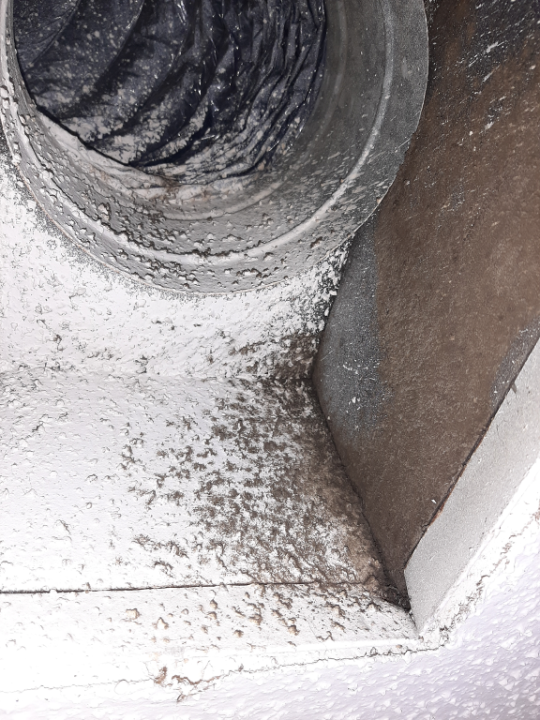Don't wanna be here? Send us removal request.
Text

Understanding the Importance of Mold Remediation in Residential Properties
Mold can silently damage homes, compromise indoor air quality, and pose serious health risks. For homeowners and landlords alike, recognizing and addressing mold growth promptly is crucial. Often, mold goes unnoticed until it becomes a significant problem—growing behind walls, beneath carpets, or in humid basements. When left untreated, it spreads quickly, resulting in costly repairs and potential health issues for the occupants.
In today’s real estate and rental markets, property value and tenant satisfaction hinge on maintaining a healthy living space. Therefore, understanding the impact of mold and taking proactive measures toward remediation is not just a recommendation—it's a responsibility.
The Hidden Dangers Lurking Behind Mold Growth
Mold thrives in damp environments, making it particularly common in bathrooms, kitchens, laundry rooms, and basements. It reproduces by releasing spores into the air. Once airborne, these spores can trigger respiratory issues, allergies, and even skin irritation. People with asthma or weakened immune systems are especially vulnerable to developing allergies.
Visibly, mold appears as black, green, or white patches, often emitting a musty odor. However, not all mold is easy to detect. It can grow inside HVAC systems, behind wallpaper, and within insulation, silently compromising structural integrity and indoor air quality.
Health Implications of Mold Exposure
Mold exposure doesn’t just affect the structure—it significantly impacts human health. Common symptoms include coughing, sneezing, nasal congestion, throat irritation, and eye discomfort. Over time, prolonged exposure can lead to more severe complications, including bronchitis or chronic sinus infections.
Children and the elderly are at a higher risk of developing symptoms, which can be exacerbated in poorly ventilated spaces. This makes prompt identification and treatment a public health concern as much as it is a property maintenance issue.
Prevention Is Better Than Cure
Preventing mold growth involves managing moisture levels. Homes with leaky pipes, poor ventilation, or recent flooding are at a higher risk. Simple steps such as using exhaust fans, maintaining gutters, and installing dehumidifiers can help control moisture levels.
Routine inspections also play a vital role in preventing mold. Areas that are often overlooked—like attics and crawlspaces—should be included in periodic assessments. Early detection can help avoid large-scale damage, safeguarding both health and property.
Mold Removal: A Critical Step Toward a Healthy Home
While small patches of mold on tile or grout may be manageable through regular cleaning, widespread contamination requires a more comprehensive solution. Professional mold removal ensures that not only is the visible mold eliminated, but also that its source—often hidden—is properly treated.
The process typically includes containment, air filtration, cleaning of affected materials, and moisture control. Without addressing the root cause, mold can return even after cleaning. Therefore, expert intervention ensures thorough treatment and long-lasting protection.
Conclusion
Mold is more than just a cosmetic problem—it is a threat to both human health and property value. Recognizing the signs early, maintaining moisture control, and taking prompt remediation action are vital steps to keeping your home safe and habitable. Mold can grow unnoticed for weeks or months, but with vigilance and timely intervention, it can be effectively removed and prevented from recurring.
1 note
·
View note